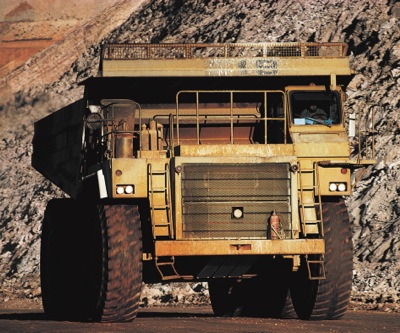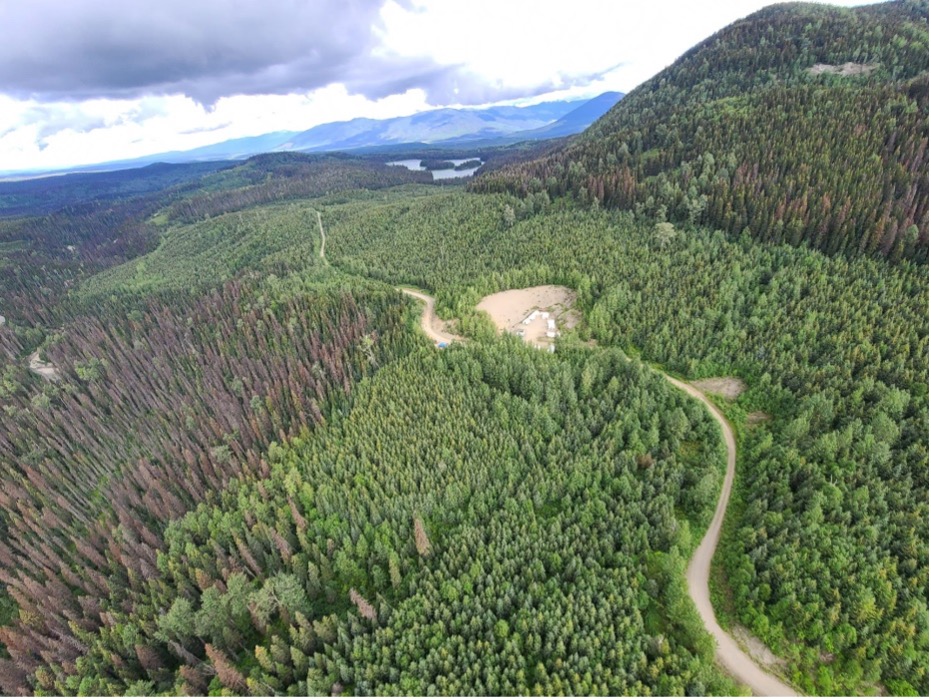State of global economy among the Canadian mining industry’s top issues

Despite a positive long-term outlook for Canadian metals and minerals, the year ahead will be challenging for the Canadian mining industry based on findings from the Mining Association of Canada’s latest Facts & Figures 2014 report released today.
“The cyclical nature of our industry means that mining companies are no strangers to ups and downs in the global market. In the current economic environment, the industry is focused on reducing costs, improving productivity and preparing for the next upswing,” said Pierre Gratton, MAC’s President and CEO. “We are confident about the future demand for our products and the Canadian mining industry is focusing on getting in shape now to seize the growth opportunities ahead of it.”
The report, which draws on the most recent data available from the federal government (mostly 2013), reveals the mining industry contributes greatly to the Canadian economy in a number of important ways. Despite the volatility seen over the last couple of years, Canada’s mining sector contributed $54.0 billion to the national GDP in 2013 up from $52.6 billion in 2012. Mining industry exports accounted for 19.6% of the Canadian total in 2013, which is down slightly from the 20.4% seen the previous year.
A bright spot remains the industry’s strong employment figures. According to Natural Resources Canada definitions and data from Statistics Canada, the mining industry employed more than 380,000 people in 2013, accounting for one in every 47 jobs in Canada. As well, more than 3,400 companies in Canada supply goods and services to the industry, which further extends the economic and employment reach of the Canadian mining industry. A recent study released by the Canadian Association of Mining Equipment and Services for Export found that in Ontario alone, the mining supplier industry represents 68,000 jobs across the province, and contributes 1% to Ontario’s GDP and $1.5 billion in government tax revenues.
There were some indicators revealing that Canada’s mining industry may have lost ground recently. In 2013, exploration investment fell year-over-year by 41% to $2.3 billion. Spending intentions for 2014 anticipate investment levels to drop even further to $2.1 billion, approaching the low of $1.9 billion seen in 2009 during the global recession. Notably, in 2013, Canada slipped from being the world’s top destination for exploration spending—a position it held for the last decade—to the second spot behind Australia. Exploration spending is an important measure of the financial health of the mineral exploration sector and also assists in predicting the future of Canada’s mineral production.
Top three issues for the Canadian mining industry in 2015:
- State of the global mining economy: Recent uncertainty over the short-term global economic outlook, particularly the softening of China’s growth, caused commodity prices to decline in 2014 and volatility is expected to persist in the year ahead. Despite challenges, the prevailing view is that the industry’s economic prospects over the long term remain strong, especially as the middle classes of China, India and other emerging nations continue to grow. “Opening the industry to new and growing markets for Canadian minerals and metals is crucial for the industry to thrive. The federal government should continue its robust trade agenda by establishing trade, investment and double taxation agreements, and by providing programmatic support to help companies compete,” said Gratton.
- Lack of critical infrastructure: Mines require infrastructure like roads, ports, railways and power grids to operate, which are often not available in remote and northern regions of Canada. Immense opportunity for mining development lies in Canada’s northern regions, and would provide significant socio-economic benefits to northern communities. “The government can advance this nation-building opportunity and meet its stated policy objectives for the North by creating the right fiscal framework to stimulate investment in critical infrastructure that mines and communities will both benefit from,” said Gratton.
- Complex regulatory environment: Recent years have seen significant changes to the regulatory regime for mining in Canada. The Canadian Environmental Assessment Act, theFisheries Act and the Navigation Protection Act were amended in 2012, and a review of theMetal Mining Effluent Regulations is still ongoing. As regulators transition to the new regulatory regime, it is crucial that mining projects are reviewed once, and that various federal requirements, along with Aboriginal and public considerations, are integrated into a unified, robust and timely process with meaningful consultation. This will ensure projects are reviewed effectively, yet efficiently to avoid costly and unnecessary delays due to overlap with other provincial reviews.
“To adjust to lower prices for some commodities, and to cope with high operating costs and a still uncertain global economy, it is more critical than ever that government remain focused on expanding Canada’s trade network and enhancing Canada’s overall competitiveness as a destination for new mining development through strategic investments and effective policies,” said Gratton.
About MAC
The Mining Association of Canada is the national organization for the Canadian mining industry. Its members account for most of Canada’s production of base and precious metals, uranium, diamonds, metallurgical coal, mined oil sands and industrial minerals and are actively engaged in mineral exploration, mining, smelting, refining and semi-fabrication. Please visit www.mining.ca.
{{ commodity.name }}
{{ post.title }}
{{ post.date }}


Comments